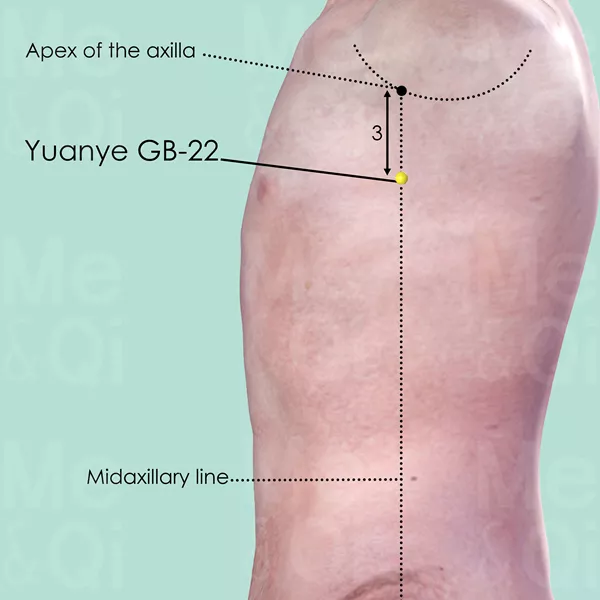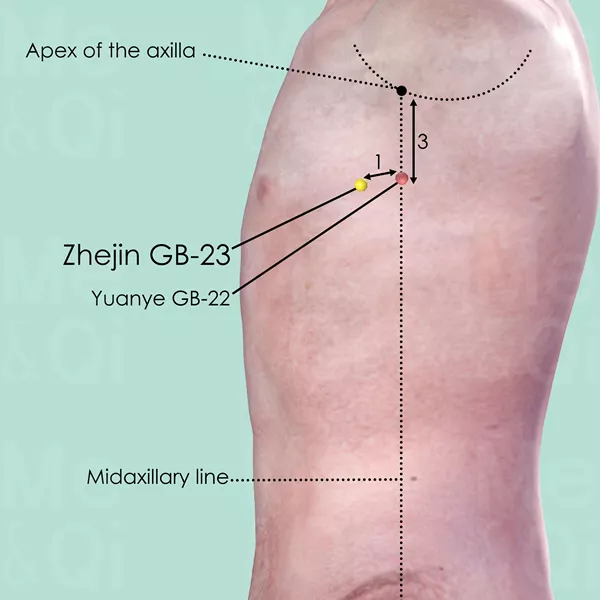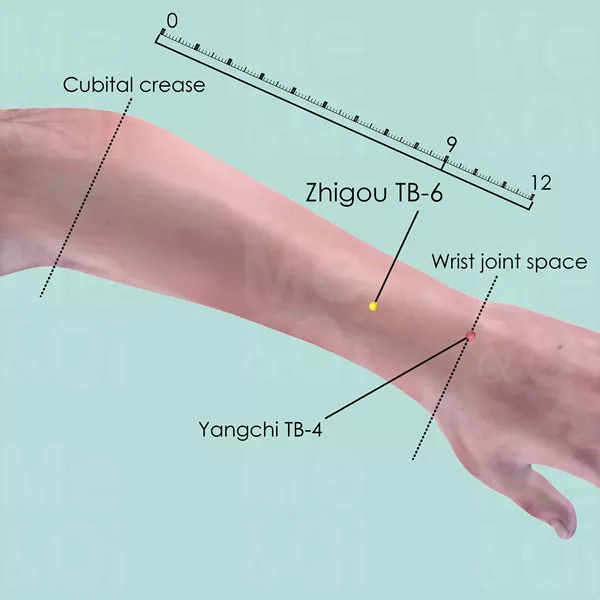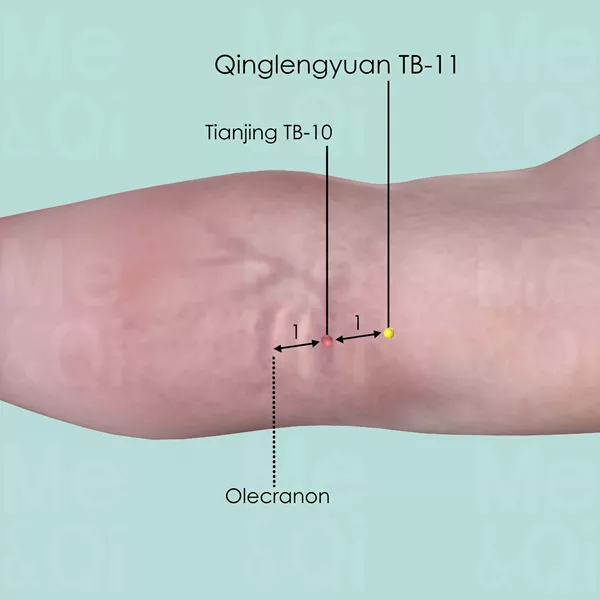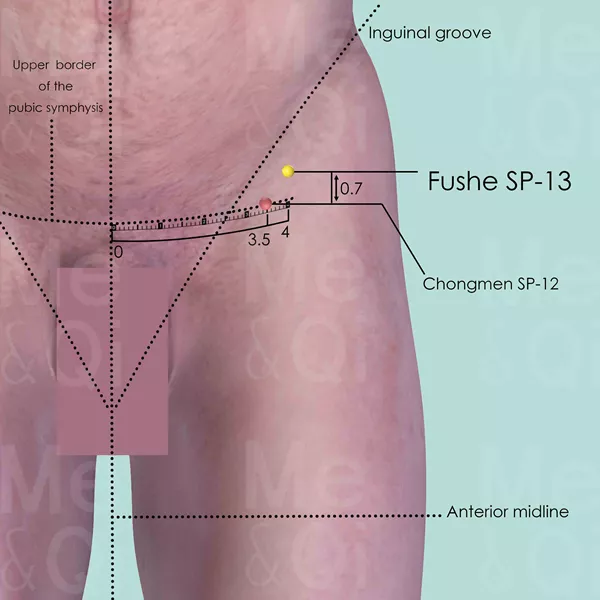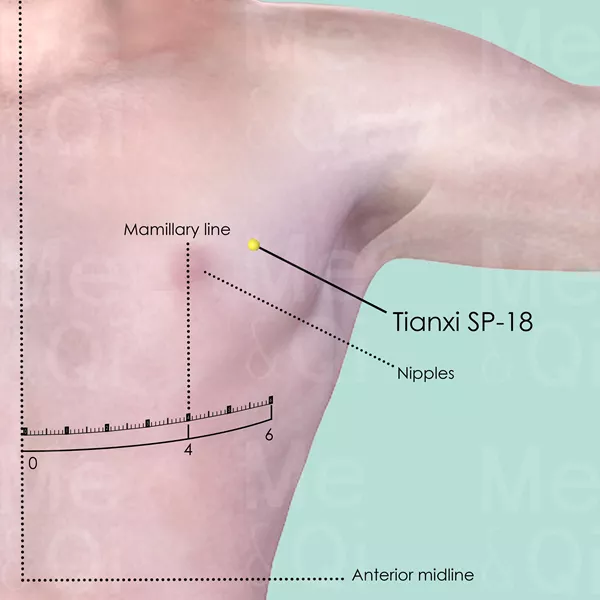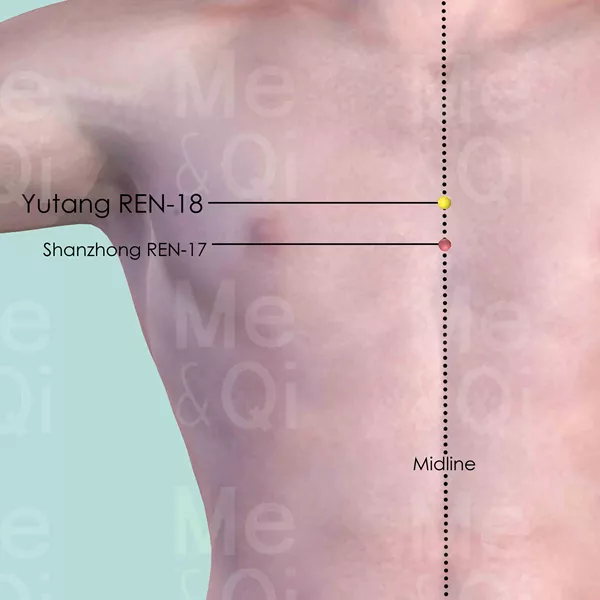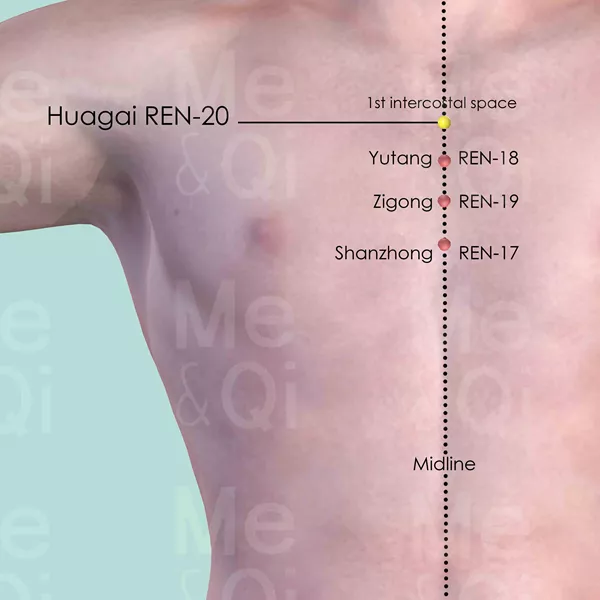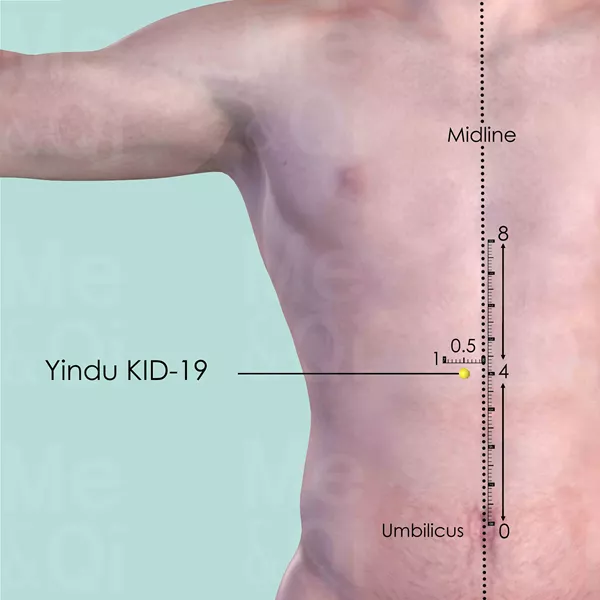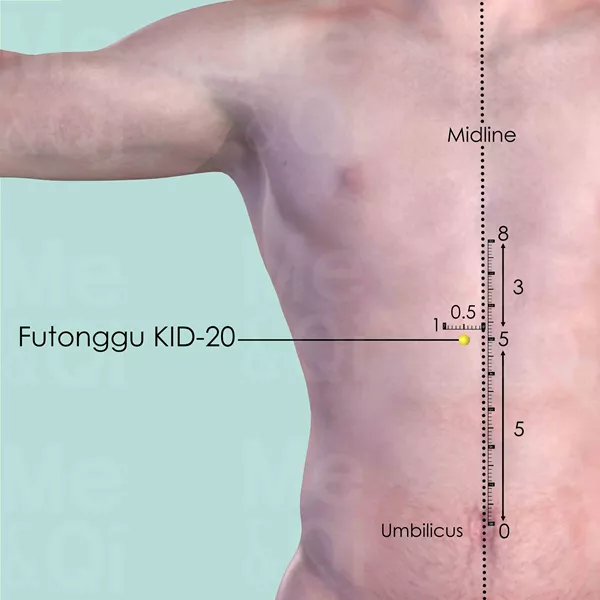Lateral Costal Region Painaccording to TCM
Symptom family: Chest & Hypochondriac Pain and Distention
What is Lateral Costal Region Pain?
Lateral costal region pain refers to discomfort or pain felt in the side of the chest, beneath the ribs. This type of pain can arise from various causes, including intercostal muscle strains, rib fractures, or underlying conditions affecting the lungs and other thoracic organs. It is important to accurately diagnose the root cause of this pain to ensure appropriate treatment, whether it be through rest, medical intervention, or other therapies.
How Does TCM View Lateral Costal Region Pain?
Traditional Chinese Medicine (TCM) approaches lateral costal region pain as a symptom of an imbalance within the body's internal systems. TCM theory suggests that such pain results from disruptions in the flow of Qi (energy) and Blood through the meridians that traverse the chest area.
Recognizing the specific pattern of disharmony—be it Qi or Blood Stagnation, obstructions of the Channels, or invasion by external pathogenic factors—is essential for effective treatment. This holistic view allows practitioners to address not just the pain itself but also the underlying conditions contributing to it.
Acupoints for Lateral Costal Region Pain
Several acupoints are beneficial for managing lateral costal region pain, depending on the underlying TCM pattern. Points such as Hunmen BL-47 and Yanggang BL-48 on the Bladder meridian are utilized to soothe Liver Qi Stagnation and manage Damp-Heat, respectively. Additionally, acupoints like Jingmen GB-25 on the Gall Bladder channel can fortify the Spleen and regulate the Intestines, thereby alleviating discomfort.
Applying targeted pressure or acupuncture at these points can significantly enhance Qi flow, reduce pain, and improve overall chest and rib cage health. These treatments are integral to TCM's approach, offering a complementary alternative to conventional pain management strategies.
Explore below some acupoints used to address lateral costal region pain, organized by meridian.
- By Meridian
- Bladder Channel
- Gall Bladder Channel
- Triple Burner Channel
- Spleen Channel
- Directing Vessel
- Small Intestine Channel
- Kidney Channel
- Extra Points: Lower Extremities (EX-LE)
- Heart Channel
- Pericardium Channel
- Extra Points: Back (EX-B)
- Stomach Channel
- Large Intestine Channel
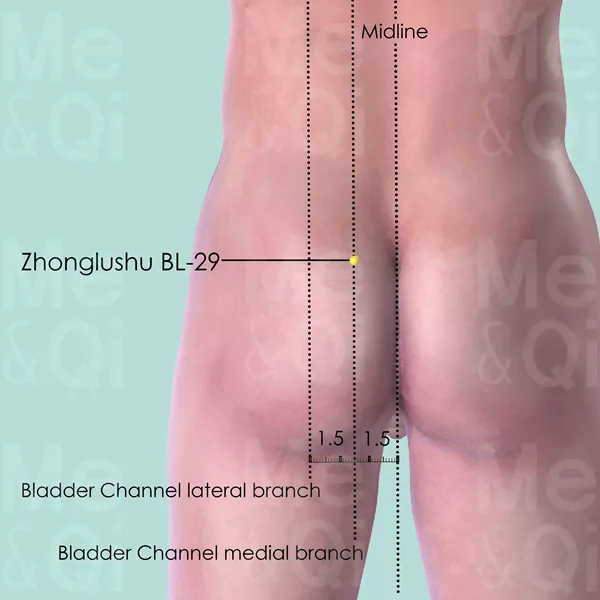
Zhonglushu BL-29
At the level of the 3rd posterior sacral foramen, 1.5 cun lateral to the posterior midline.
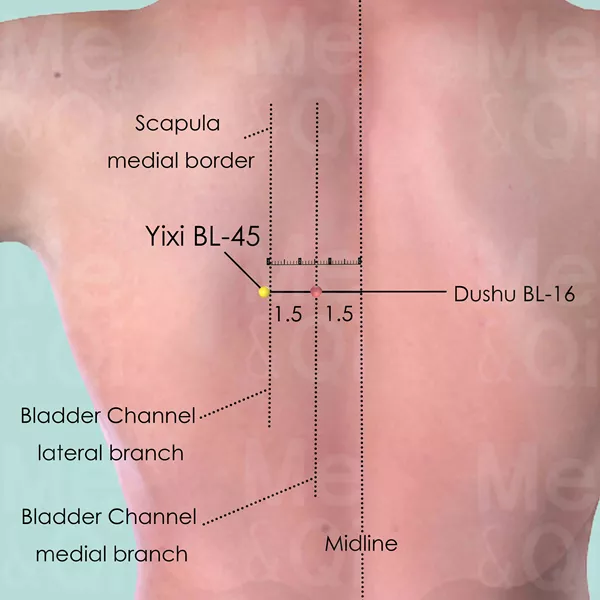
Yixi BL-45
3 cun (about 4 finger-breadths) lateral to the lower border of the spinous process of the 6th thoracic vertebra (T6).
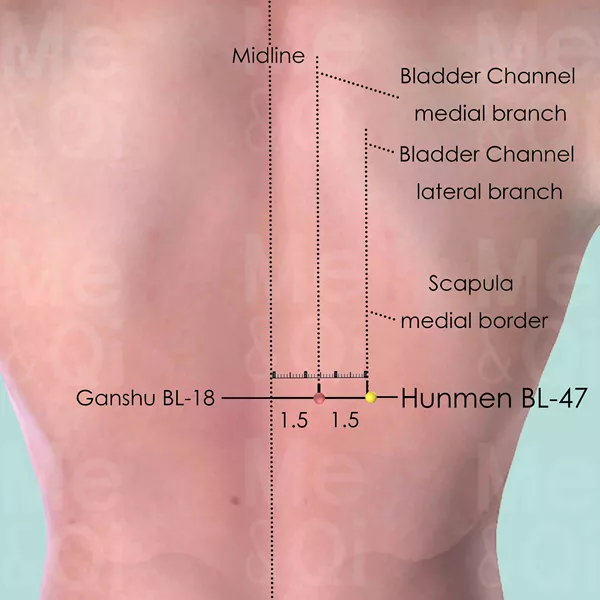
Hunmen BL-47
3 cun (about 4 finger-breadths) lateral to the lower border of the spinous process of the 9th thoracic vertebra (T9).
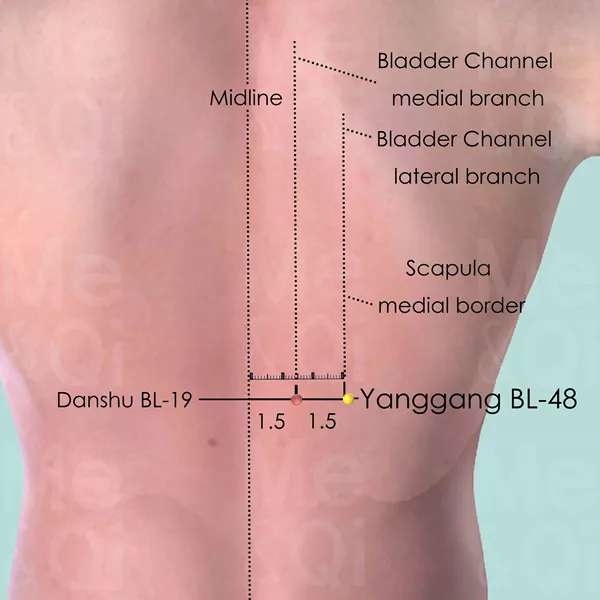
Yanggang BL-48
3 cun lateral to the lower border of the spinous process of the 10th thoracic vertebra (T10).
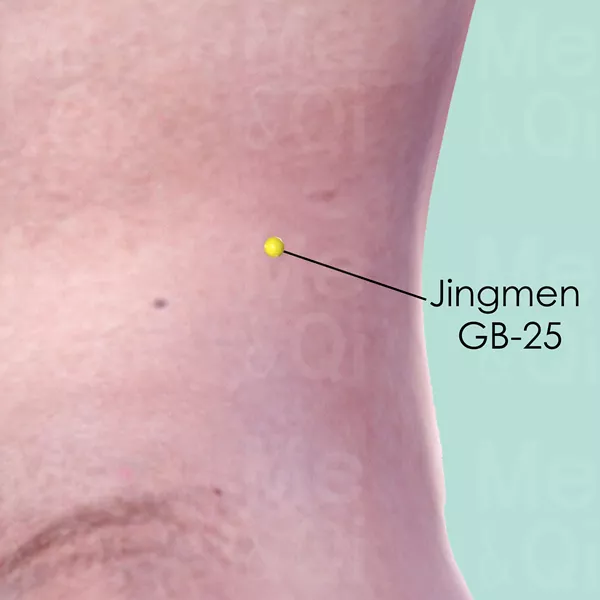
Jingmen GB-25
On the lateral side of the abdomen, on the lower border of the free end of the 12th rib.
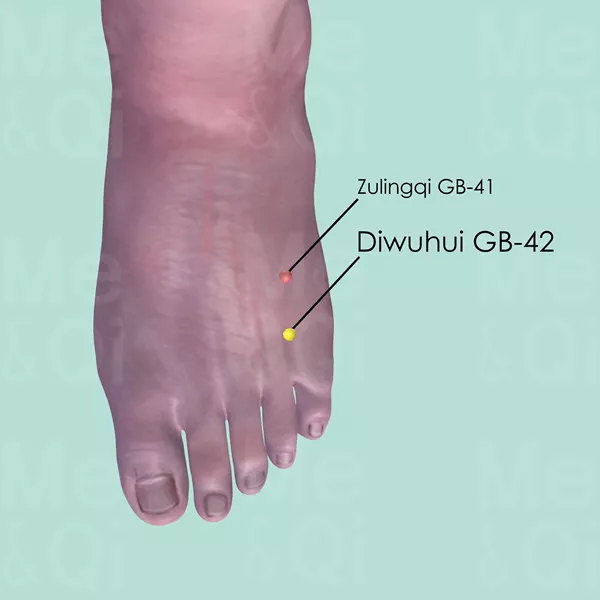
Diwuhui GB-42
Between the 4th and 5th metatarsal bones, on the medial side of the tendon of extensor digitorum longus muscle of the little toe.
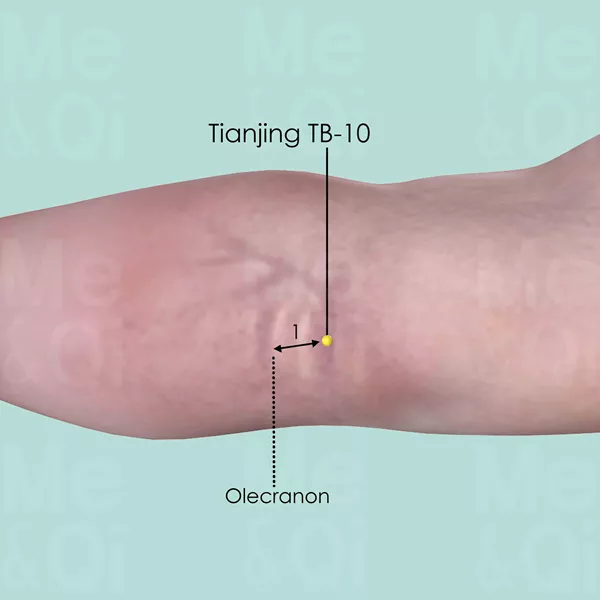
Tianjing TB-10
When the elbow is flexed, Tianjing TB-10 is in the depression about 1 cun superior to the olecranon.
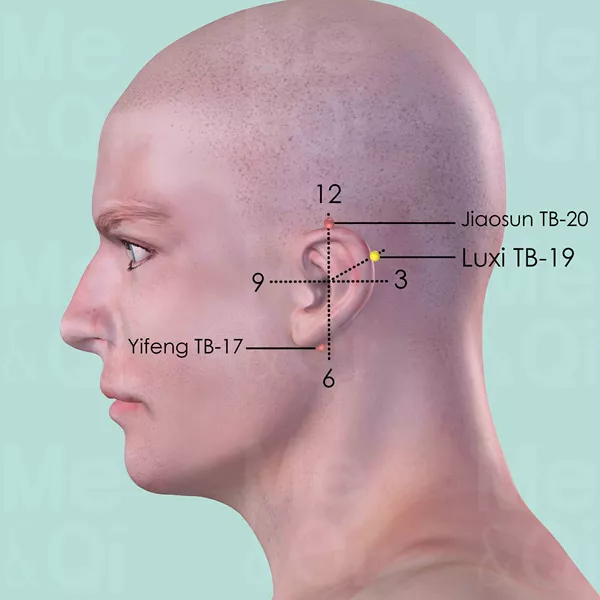
Luxi TB-19
Posterior to the ear, at the junction of the upper and middle third of the curve formed by Yifeng ST-17 and Jiaosun ST-20 behind the helix.
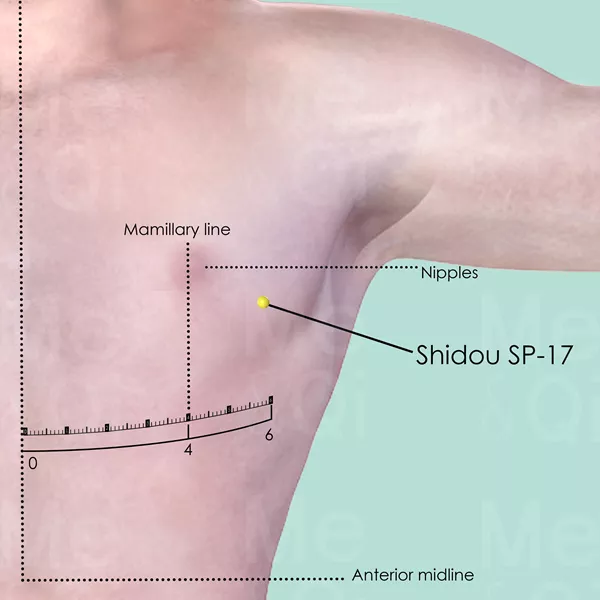
Shidou SP-17
6 cun lateral to the anterior midline, 2 cun lateral to the mamillary line, in the 5th intercostal space.
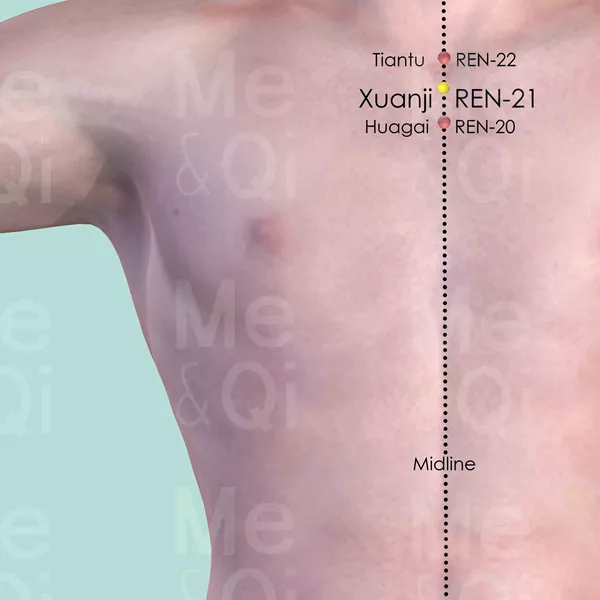
Xuanji REN-21
On the midline of the sternum, below the upper border of the manubrium sterni and midway between Huagai REN-20 and Tiantu REN-22.
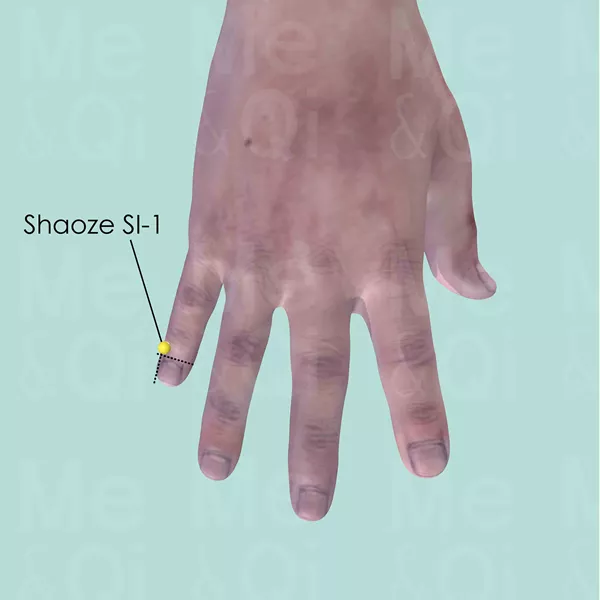
Shaoze SI-1
On the ulnar side of the little finger, about 0.1 cun posterior to the corner of the nail.
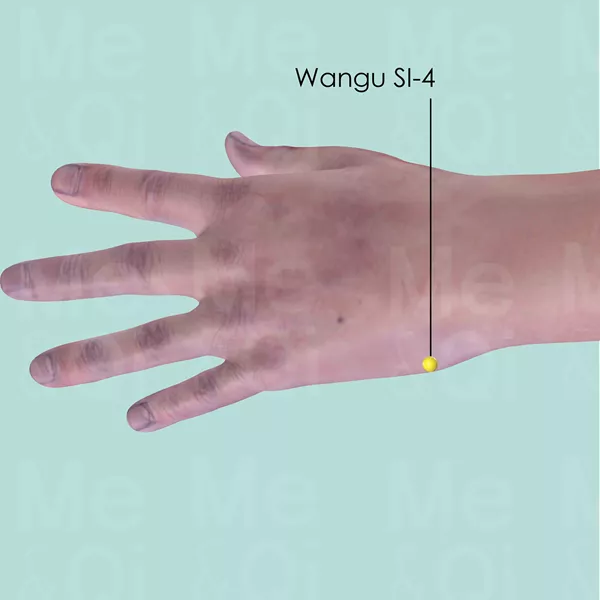
Wangu SI-4
On the ulnar side of the palm, in the depression between the base of the 5th metacarpal bone and the carpal bone.
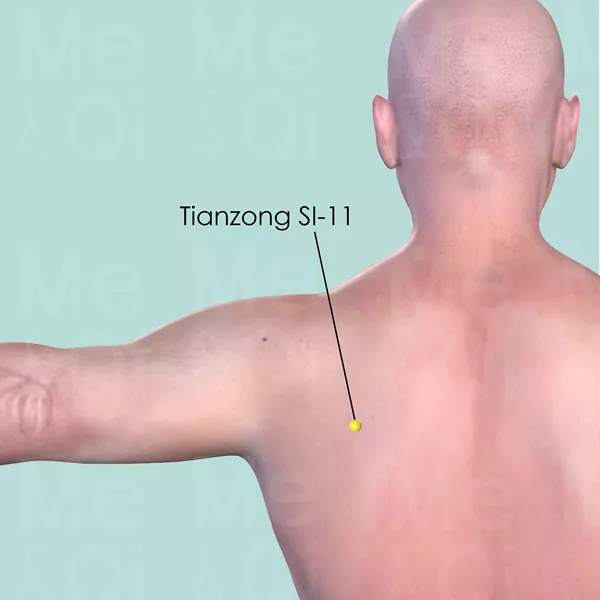
Tianzong SI-11
In the intrascapular fossa, at the junction of the upper and middle third of the distance between the lower border of the scapular spine and the inferior angle of the scapula.
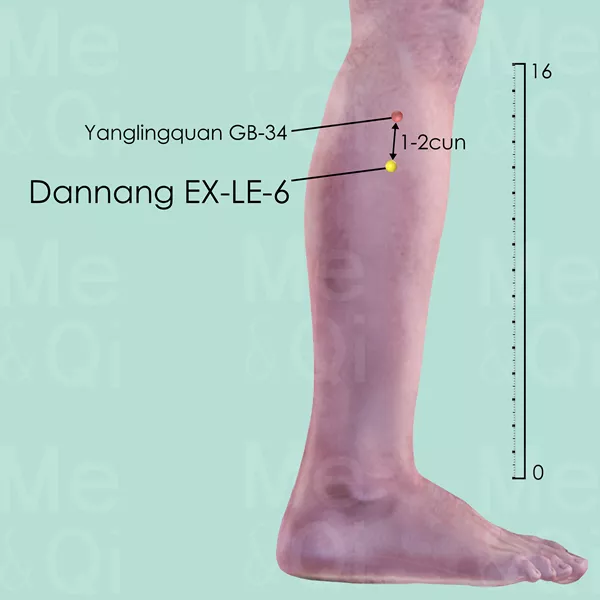
Dannang EX-LE-6
On the Gall Bladder Channel of the right leg, about 1-2 cun below Yanglingquan GB-34. Around there, palpate and locate Dannang EX-LE-6 at the most tender point.
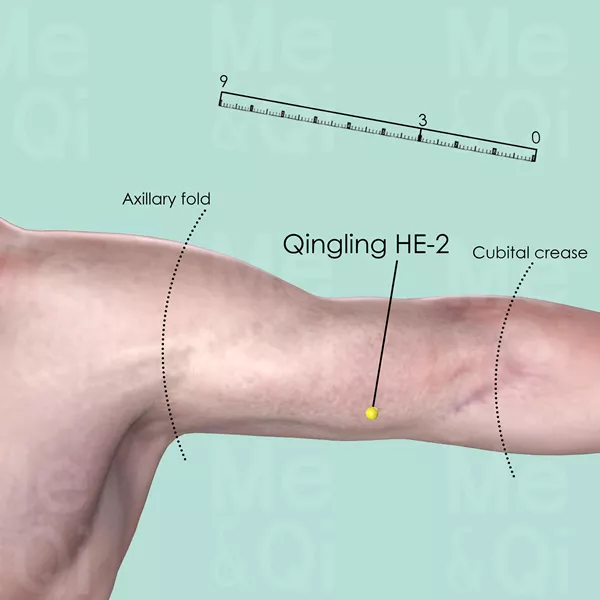
Qingling HE-2
3 cun above the medial end of the transverse cubital crease, in the depression medial to the biceps brachii muscle.
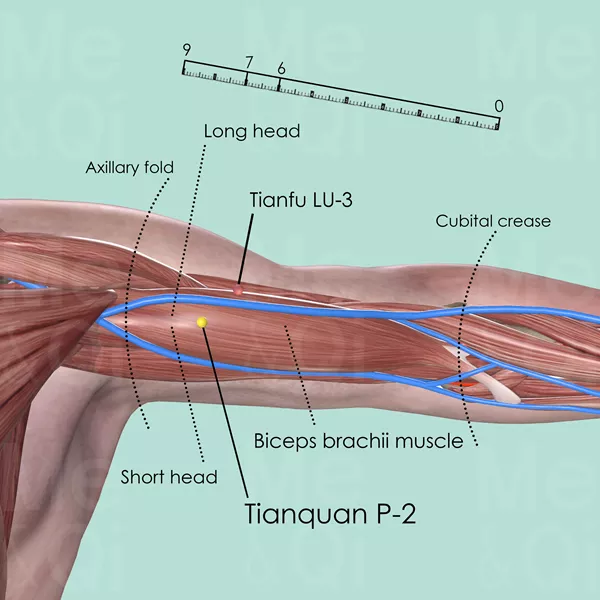
Tianquan P-2
2 cun below the end of the anterior axillary fold, between the two heads of biceps brachii muscle.
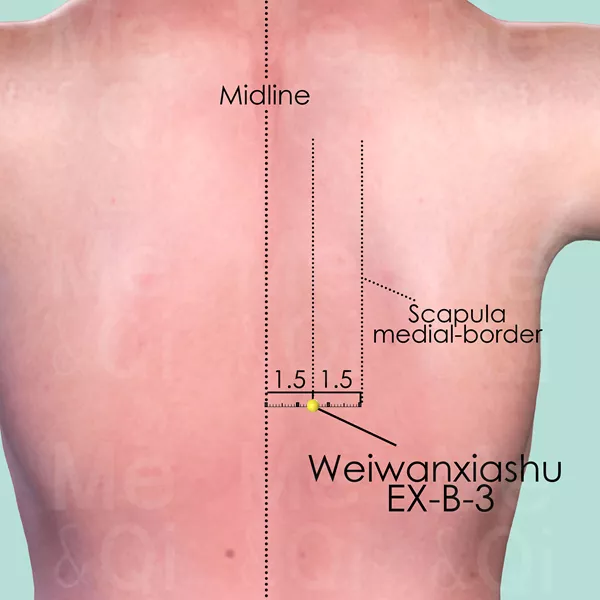
Weiwanxiashu EX-B-3
1.5 cun lateral to the lower border of the spinous process of the 8th thoracic vertebra (T8).
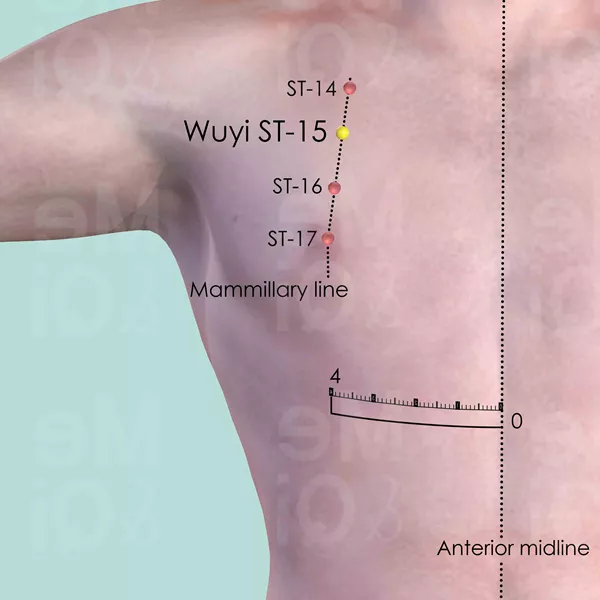
Wuyi ST-15
In the 2nd intercostal space, on the mammillary line, 4 cun lateral to the anterior midline.
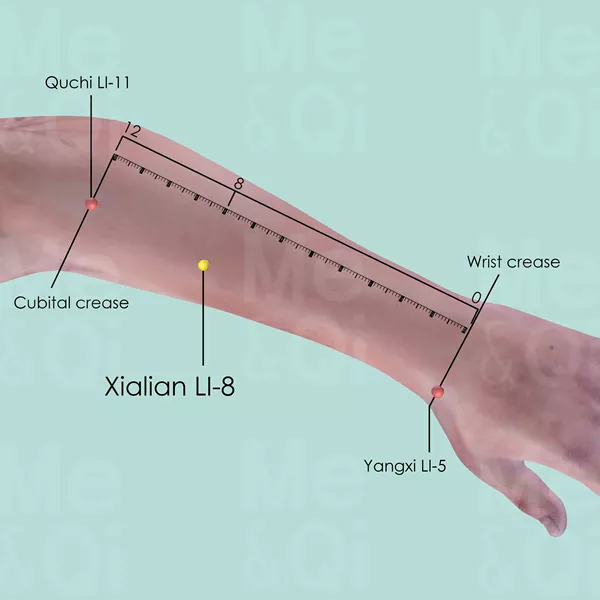
Xialian LI-8
When a fist is made, with the ulnar side downward and elbow flexed, the point is 4 cun distal to Quchi LI-11 of the line joining Yangxi LI-5 and Quchi LI-11.

